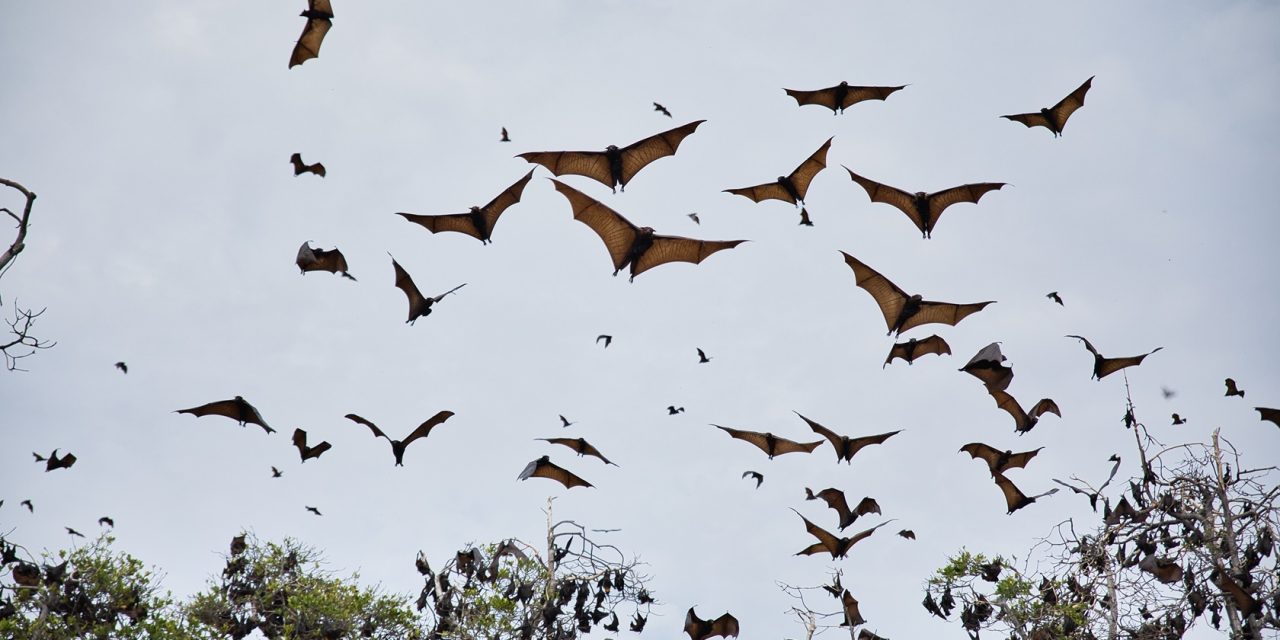Natural Pest Control: Bats Prove Their Worth in Sustainable Viticulture
SYDNEY – Once perceived as harbingers of disease, bats are emerging as unexpected heroes in the world of viticulture. In Australia, these flying mammals could potentially save the wine industry $50 million annually by naturally controlling pests and diseases in vineyards.
Bats have long been stigmatized due to their eerie appearance and association with disease transmission. However, recent studies reveal that bats can significantly reduce the presence of grapevine moths and the onset of diseases like gray mold and sour rot. Reports from The Drinks Business highlight the role of bats in this new agricultural paradigm. In Australia, they are becoming crucial allies in the natural management of pests, offering substantial financial and environmental benefits to vintners.
Fifteen years ago, Matt Fowles, CEO of Fowles Wine in Victoria, Australia, discovered a high population of bats in his region. This led him to transform his vineyard into a bat-friendly environment to determine if these aerial predators could effectively reduce grapevine moth populations, potentially eliminating the need for pesticides.
The results were promising. Fowles observed that one section of his Chardonnay vineyard had significant moth pressure, while another did not. The section without moths turned out to be an ideal habitat for bats. Acoustic equipment revealed that bats can consume up to 100% of their body weight in insects each night. This means a colony of 100 bats, each weighing 10 grams, could devour a kilogram of insects nightly.
If these findings prove consistent across other regions, bats could save the Australian wine industry millions annually by reducing chemical interventions and maintaining grape yields. The challenge lies in expanding bat habitats in vineyards, potentially eliminating the need for chemical treatments altogether.
Scientific confirmation also comes from France. Since 2017, a collaboration between the Conseil Interprofessionel du Vin de Bordeaux (CIVB) and the Ligue de Protection des Oiseaux (Bird Protection League) has shown that local bat species in Bordeaux are effective in controlling grapevine moths. Repeated studies demonstrate that bats in the Gironde region consume around 2,000 insects each night, reducing moth populations in vineyards by 10%. While bats alone are not a complete solution, they represent a valuable component of a comprehensive approach to pest management.
Globally, scientists estimate that bats contribute $23 billion annually to agriculture, often without human intervention. The potential benefits of leveraging their natural abilities are immense. By fostering bat-friendly environments in vineyards, the wine industry can reduce its reliance on chemicals, enhance sustainability, and boost grape yields, turning these once-maligned creatures into essential allies in viticulture.










